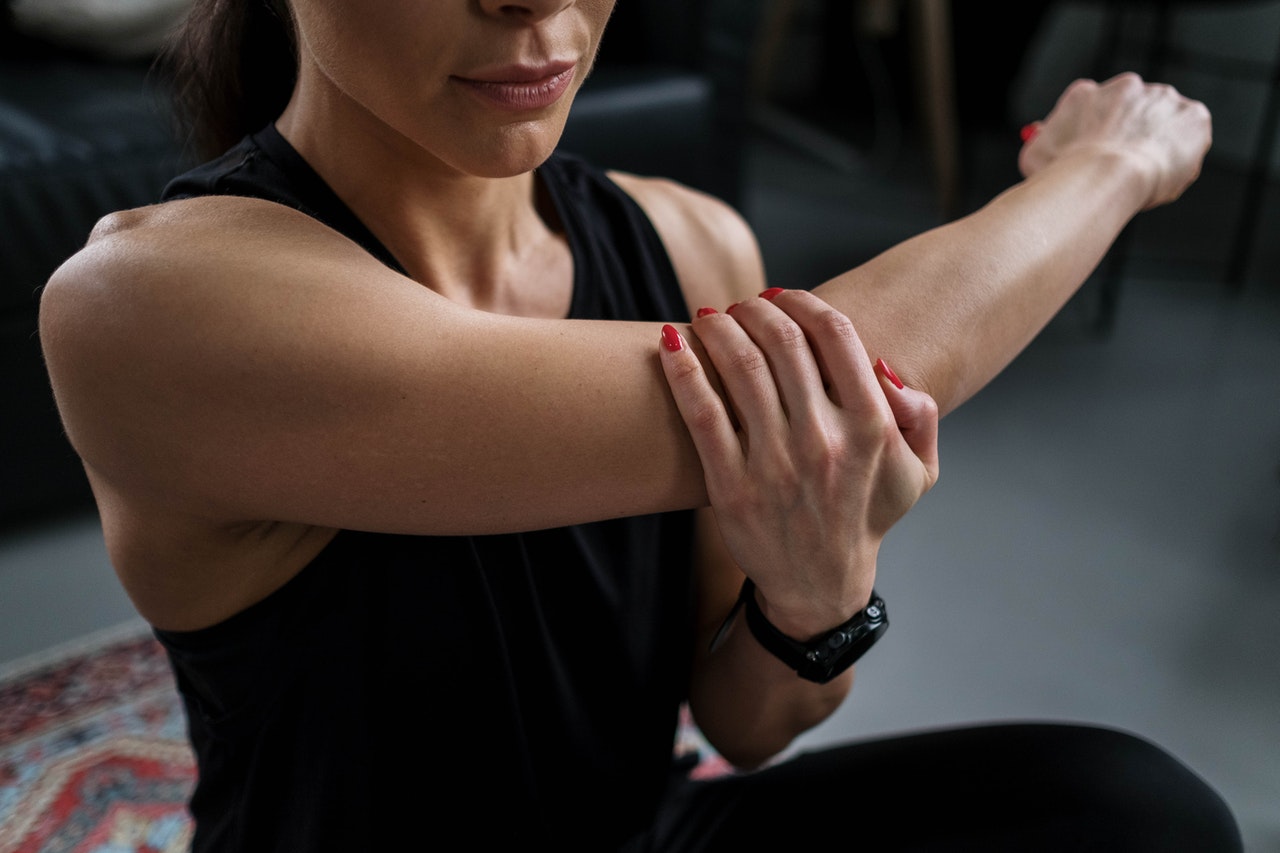 Benefits of CAR (Controlled Articular Rotations) Our senses are how we interface with the world around us. Whether it be the sight of the grass we stand on, or the feeling of the earth underneath our feet. The culmination of our senses constitutes the picture that we call the present. We rely on all of our senses. When any information is missing, the body is much less confident with the idea of moving. To illustrate this, try to stand on one leg (if you can confidently do this). Now, try closing your eyes beforehand. Your lack of vision will make this task much more difficult. Vision is not the only sense we rely on, though. Another large piece of the puzzle is proprioception (pro·pri·o·cep·tion); which is the general awareness of our body’s position in space. This sense of spatial awareness also comes from an array of cells in your body; including those found within your joints, tendons, and muscles. As a mobility specialist, I focus on these cells. When these special sensory cells are more responsive, our sense of proprioception is more refined, allowing us to adapt to the randomness of life more naturally.Life is very random. Every step we take is potentially different from the last, however, over the years we have learned to expect what a “good” step feels like. This is because Earth has a few rules we must eventually learn. Gravity is always the same; rocks will always be obstacles and puddles will always splash. We have learned to avoid puddles and rocks, but children seem to seek them out. They jump in puddles and kick rocks, almost as an experiment, to see if they get the same result each time. This experimentation is critical with regards to learning confident movement.By jumping, crawling and being generally weird in their movement, children are training their bodies to be as adaptable as possible. By pushing the boundaries of their own capabilities, they are intentionally making movement difficult to test just how adaptable they are. They are training for life on Earth.This begs the question: What happened to all this training? Why do we get “stiff” as time goes on? A simple answer to this is the fact that we stopped experimenting with our movement. We become restricted to the things we regularly do; anything outside of routine becomes increasingly difficult as time goes on. The science suggests that this restriction comes from the lack of sensory cells within a joint/surrounding tissue.Factors like the diameter of the neuron can affect its behavior. Physical properties of these sensory cells make them more susceptible to being pruned. Knowing that limited sensory feedback is the usual suspect regarding immobility, then how can we train to become more sensual? We must practice again. Like a kid, we must try to move in as many ways possible; ideally all possible ways. Only then, can we take solace in our feedback and start to build resilience. It sounds crazy, but this is the entirety of my practice. Luckily, we do not need 100 movements per joint to do this; there is one movement, for each joint, that can take it through its entire range of motion. They are called CARs, or Controlled Articular Rotations. Video demonstrations for each joint CAR joint will be linked. (280) Nick Countryman – YouTube I begin every training session with a head-to-toe Controlled Articular Rotations routine. This is to both screen the client as well as help the client calibrate their movement on a daily basis. I end every session with CARs to help my clients practice new patterns/ranges we build. I also tell my clients to practice CARs at home in order to have them continuously build good feedback in their joints. My mission is to spread these Controlled Articular Rotations movements. There is tremendous value in the simple act of practicing. I can spend all day talking about cells and physiology, but at the end of the day, practice makes perfect; for so many reasons. These movements give us controlled and safe means to explore our own bodies so that we can stay as adaptable as we were when we were children. |



